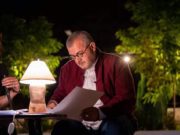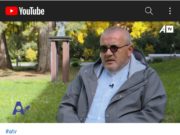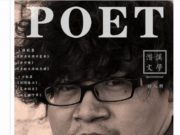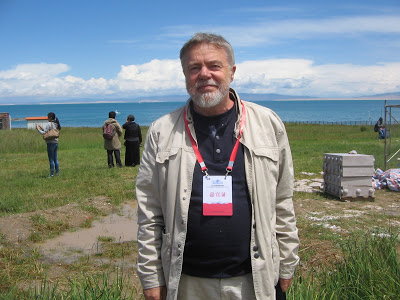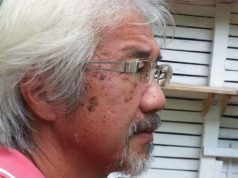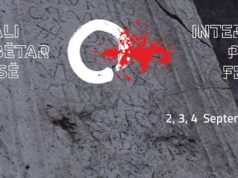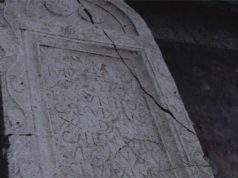Poet, essay writer, university professor of world literature and translator Jüri Talvet (b. 1945,
Pärnu, Estonia) has since 1981 published nine books of poetry in Estonian, of which booklong
selections have appeared in translation in English, Spanish, Italian, French, Romanian and Catalan.
KUI ILUS ON LAMBAKARI RÕNGU JA ELVA
piiril – ühtlased väikesed puuvillapilved
veidi heledamas kahkjaskollases
augustikuu pärastlõunataevas. Naisest
sündinud mehed tapavad lapsi,
tapavad iseennast, lambaid, kusagil käib
kogu aeg sõda, lambad ja pommid,
pommid ja lambad läbisegi. Juba
176. aastal tormas Celsus, käes vehkides
„Tõelist Logost“, tapma juutide musta talle.
HOW BEAUTIFUL THIS FLOCK OF SHEEP AT
the border between Rõngu and Elva – tiny
uniform cottonclouds against a slightly duller
paleyellow August afternoon sky. Men
born from women kill children, kill
themselves, sheep, always somewhere
war goes on, bombs and sheep, sheep
and bombs mixed. Already in the year
176 Celsus, brandishing The True Word,
hurried to slaughter the black lamb of the Jews.
KÕIK NEED KURED KILINGINÕMME
ja Tihemetsa vahel, põld täis
kurgi – kust nad tulid, siia said?
(Suur rahvaränne taas käib
lõunast põhja. Uus jääaeg
veel on kaugel.) Kurepaar
sisse seab end telefoniposti
otsas niisama rahumeeli,
nagu seda alt vaatab rohi,
niisama kindlalt nagu
ööhämaraski nende esiema
rännul Niiluselt, teeviidaks
põhjanael, poetas siia, mõni
kilomeeter vaid Rūjienast
ja Ipiķist põhja poole, keele,
sõnad, mida õpib ütlema
kaheaastane Marta, minu ema:
ema, päike, isa, kuu ja öö ja taevas.
ALL THESE STORKS BETWEEN KILINGINÕMME
and Tihemetsa, a field full of storks –
where did they come from, how did they get here?
(The great migration of people continues
South to North. A new ice age
is still far away.) Two storks
atop a phone pole perch,
as peacefully as the grass
observes them from below,
as surely as in the dark
of night their ancestor
on her way from the Nile, with
Polaris as her only signpost, spilled here,
just a few kilometers north
of Rūjiena and Ipiķi, a language,
words then learned and spoken
by twoyearold Marta, my mother:
ema, päike, isa, kuu and öö and taevas.
KAS KOLLENDAVAD KASED
ja punerdavad vahtrad
Läti asulas nimega Bāle
kõnelevad läti või sügise
keelt?
Kas nad tõesti valdavad
sõnaalguse Bd (naiserindu,
kaksikkaevu – sügavusele
laotud sügavust)?
Semiotiseerimata ruumi
suurelt piirilt hõikan
tühjusele vastu.
Sõnad
murduvad õhus.
DO THE GOLDEN BIRCHES
and crimson maples
in the Latvian village named Bāle
speak Latvian or the language
of autumn?
Do they really have
the initial B (breasts,
a double well – depth spread
across depth)?
At the vast frontier
of nonsemiotized space
I shout against nothingness.



